Introduction
Artificial Intelligence (AI) has brought significant advancements across various industries, from healthcare and finance to entertainment and education. One of the more troubling and disruptive applications of AI is deepfake technology, which uses machine learning algorithms to create highly convincing videos, images, and audio recordings that manipulate reality. While deepfakes have potential for positive use in entertainment, film production, and virtual reality, they also pose significant threats to the media landscape, particularly in news, entertainment, and social media. This article explores the current state of deepfake technology, its potential implications, and how society is responding to this growing concern.
1. Understanding Deepfake Technology
To fully grasp the scale of deepfake technology’s impact, it’s important to understand what deepfakes are and how they work.
1.1 What are Deepfakes?
A deepfake refers to any video, audio, or image that has been manipulated or altered using AI and machine learning algorithms. The term is a combination of “deep learning” and “fake,” referring to the AI-driven techniques that enable the creation of such realistic yet fabricated media.
1.2 How Do Deepfakes Work?
Deepfakes rely on deep learning, particularly a subset of AI called Generative Adversarial Networks (GANs), to create realistic alterations. A GAN consists of two neural networks:
- The Generator: This creates new media, such as images, videos, or sounds.
- The Discriminator: This evaluates the output, determining how close the generated media is to real data. The generator improves over time by learning from the discriminator’s feedback.
For instance, to create a deepfake video of a public figure, GANs use thousands of images and videos of that person to learn their facial features, speech patterns, and mannerisms. The AI then synthesizes new content that mimics the person with uncanny accuracy.
1.3 Types of Deepfakes
- Video Deepfakes: The most common form, where someone’s face is swapped onto another person’s body or their actions are digitally altered to appear as if they are doing or saying something they never did.
- Audio Deepfakes: AI-generated voices that mimic a person’s speech patterns and tone, often used to create fake recordings or phone calls.
- Image Deepfakes: AI-manipulated images that alter someone’s appearance or place them in fabricated scenarios, which are often used in scams or fake identity creation.
2. The Potential Threats Posed by Deepfakes
Deepfake technology’s ability to deceive is what makes it so dangerous. The risks posed by deepfakes extend across various sectors, particularly news, entertainment, and social media.
2.1 Deepfakes and the News Industry
The use of deepfakes in media poses a severe threat to the credibility of news outlets and journalism. With deepfake technology becoming more accessible, it is increasingly difficult for the public to distinguish between real and fabricated media content.
- Misinformation and Fake News: Deepfakes can be used to create fake news stories, manipulate politicians’ speeches, or fabricate evidence in criminal cases. This could spread misinformation quickly, leading to public distrust and manipulation of political outcomes.
- Undermining Trust in Media: The ability to create believable fake news videos of politicians, celebrities, or public figures can undermine trust in all media sources. In an age where “fake news” has become a common accusation, deepfakes could blur the line between real and fictional narratives.
2.2 Deepfakes and Social Media
Social media platforms have been among the hardest hit by the rise of deepfake technology. Fake content can spread faster on social media due to algorithms that prioritize engagement, often promoting content with emotional or sensational appeal.
- Cyberbullying and Harassment: Deepfake technology can be used maliciously to create fake videos or images to harass individuals, particularly public figures or celebrities. This can lead to reputational damage, emotional distress, and even legal repercussions for the targets.
- Political Manipulation: Deepfakes have the potential to sway elections, influence public opinion, or manipulate political events. A fabricated video of a politician making controversial statements could influence voters or incite violence.
- Fraud and Scams: Deepfakes could be used for fraudulent activities, such as impersonating a CEO or other high-ranking executive to approve financial transactions or deceive employees into divulging sensitive information.
2.3 Deepfakes in Entertainment and Pornography
While deepfakes offer opportunities in creative industries, such as film production and video games, they also raise serious ethical concerns, particularly in the adult entertainment industry.
- Non-Consensual Pornography: One of the darker applications of deepfake technology is in the creation of revenge porn or non-consensual explicit content. Deepfake videos can be made using a person’s likeness without their consent, often for malicious purposes. This has led to significant privacy violations and distress for many victims.
- Synthetic Performances: In the entertainment industry, deepfakes have raised concerns over the ethical implications of using an actor’s likeness without their permission. For example, the ability to recreate deceased actors (such as in the case of Peter Cushing in Star Wars: Rogue One) raises questions about consent, artistic integrity, and exploitation.
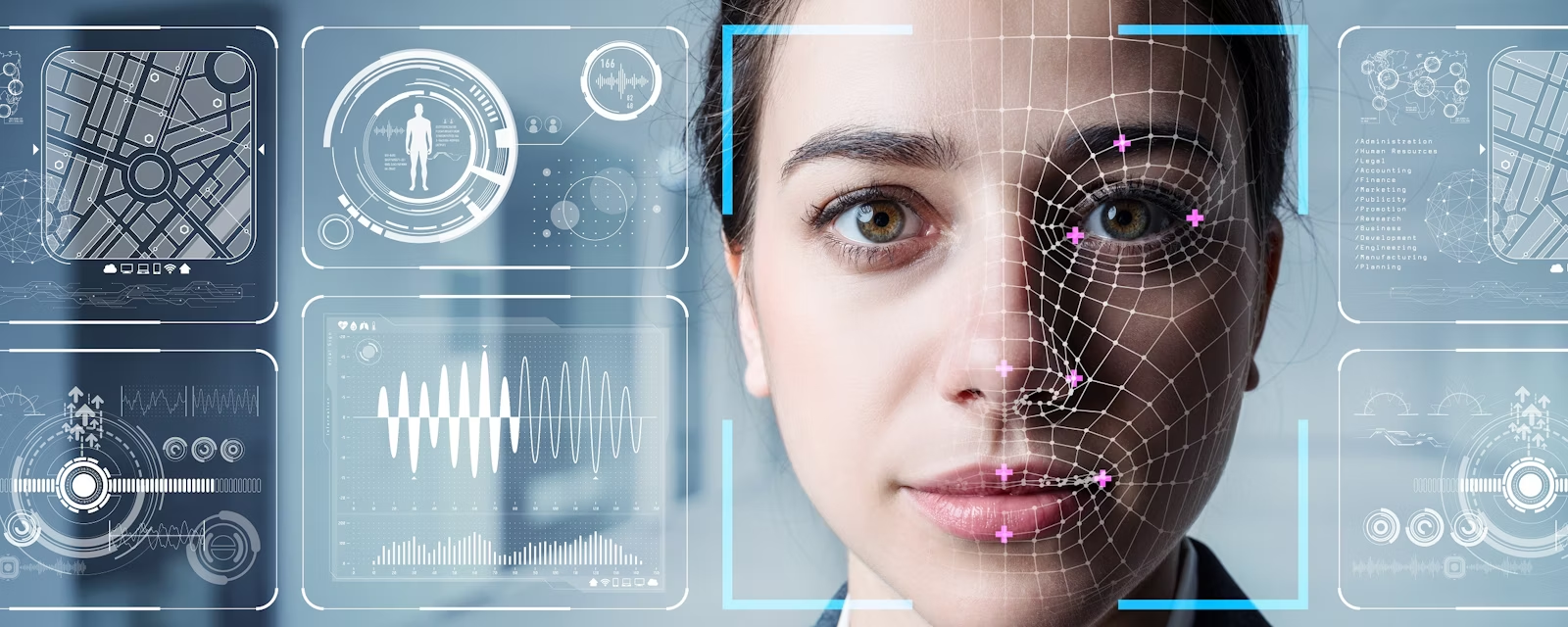
3. Addressing the Deepfake Threat: Current Responses and Strategies
As deepfake technology continues to evolve, governments, tech companies, and individuals are taking steps to address the potential risks. Several strategies and initiatives are being developed to counteract the misuse of deepfakes.
3.1 Legislation and Legal Frameworks
Governments around the world are beginning to draft legislation to deal with the rise of deepfake technology, focusing on protecting individuals’ privacy, security, and reputation.
- Anti-Deepfake Laws: Some countries, including the United States, have introduced laws specifically aimed at addressing deepfake-related crimes. For instance, in 2018, California passed the California Statutes Section 179.5, which criminalizes the use of deepfakes to create and distribute explicit content without consent.
- International Cooperation: Given the global nature of the internet, international legal frameworks may be needed to tackle deepfakes. Countries need to work together to establish international standards and treaties for handling digital deception.
3.2 Technological Solutions: Detecting Deepfakes
Researchers and tech companies are actively working on developing tools to detect deepfakes and help verify the authenticity of online content.
- Deepfake Detection Algorithms: Machine learning and AI models can be trained to detect inconsistencies in videos and audio that are indicative of deepfakes, such as irregularities in facial expressions, blinking patterns, and speech mismatches. Companies like Microsoft and Adobe are already working on solutions to identify and flag deepfakes automatically.
- Blockchain for Media Verification: Some organizations are exploring the use of blockchain technology to create verifiable digital signatures for content. This could help track the origin and authenticity of media, providing a way to ensure that the content shared online is genuine.
3.3 Media Literacy and Public Awareness
One of the most effective ways to combat deepfakes is by educating the public. Media literacy programs that teach individuals how to critically evaluate information and verify the authenticity of content are becoming increasingly important.
- Public Awareness Campaigns: Social media platforms like Facebook, Twitter, and YouTube are working with governments, NGOs, and academic researchers to raise awareness about deepfakes and encourage users to question the validity of sensational or unverified content.
- Digital Literacy Education: Schools, universities, and organizations are introducing programs to teach young people how to discern fake content from real information and identify the tools used to create deepfakes.
4. The Future of Deepfakes: Balancing Innovation with Responsibility
While deepfakes present significant threats, they also have the potential to be used positively, such as in filmmaking, historical reenactments, and virtual reality. The key challenge will be finding ways to balance the potential benefits of deepfake technology with the need to mitigate its risks.
4.1 Regulating Deepfakes Without Stifling Innovation
Governments and tech companies will need to strike a balance between regulating deepfake technology and fostering innovation. Overly restrictive laws could stifle creativity in industries such as film, art, and entertainment, while a lack of regulation could exacerbate the dangers posed by malicious actors.
4.2 Empowering Users and Platforms
Social media platforms must take a proactive approach to combating deepfakes by improving detection systems and ensuring that harmful content is flagged and removed. Additionally, empowering users with tools to report and verify suspicious content will help build a more trustworthy media ecosystem.
Conclusion
Deepfake technology has the potential to radically reshape the media landscape, offering both incredible opportunities and grave threats. From undermining trust in the media to being used for political manipulation and cybercrimes, deepfakes pose a multifaceted challenge that requires comprehensive and collaborative responses. As technology advances, society must prioritize ethical standards, legal frameworks, and public education to prevent misuse while still enabling innovation. By addressing the dark side of AI, we can better navigate the evolving digital landscape and protect the integrity of the media in the age of deepfakes.















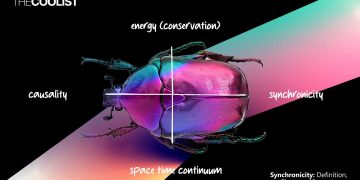









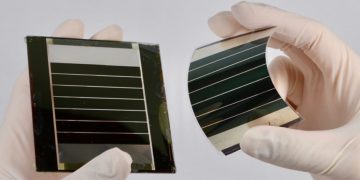
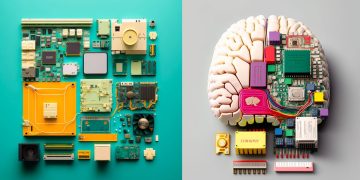




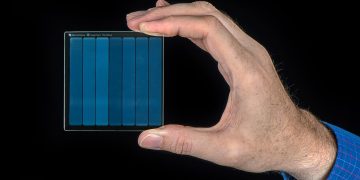
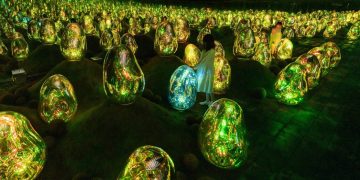
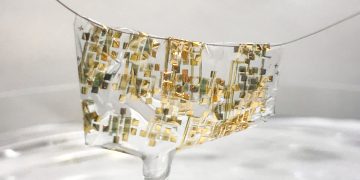
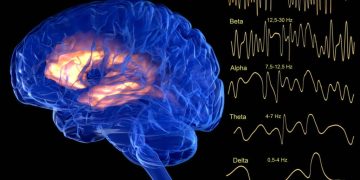
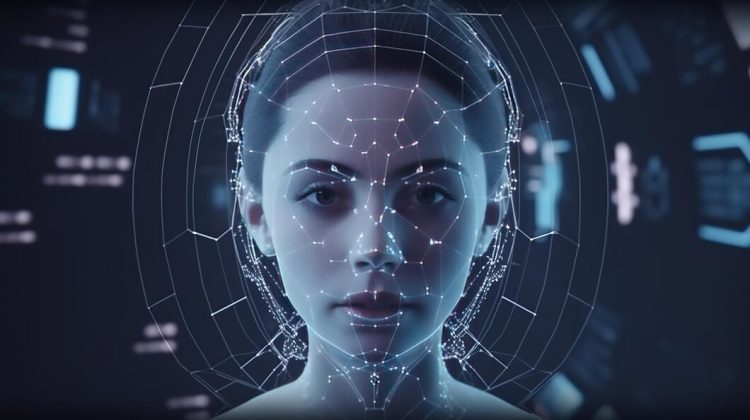












Discussion about this post